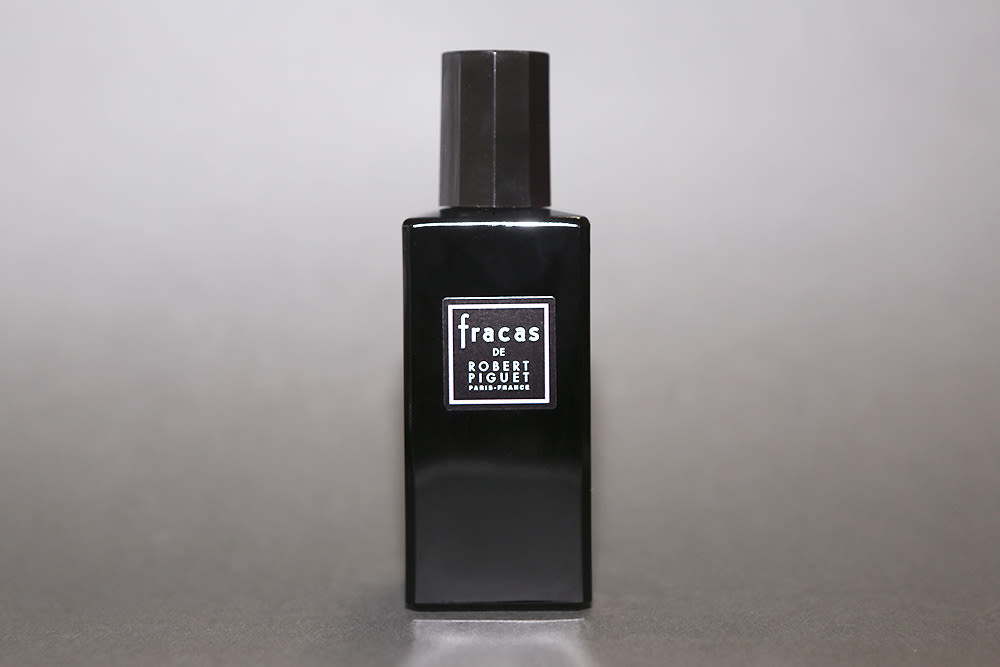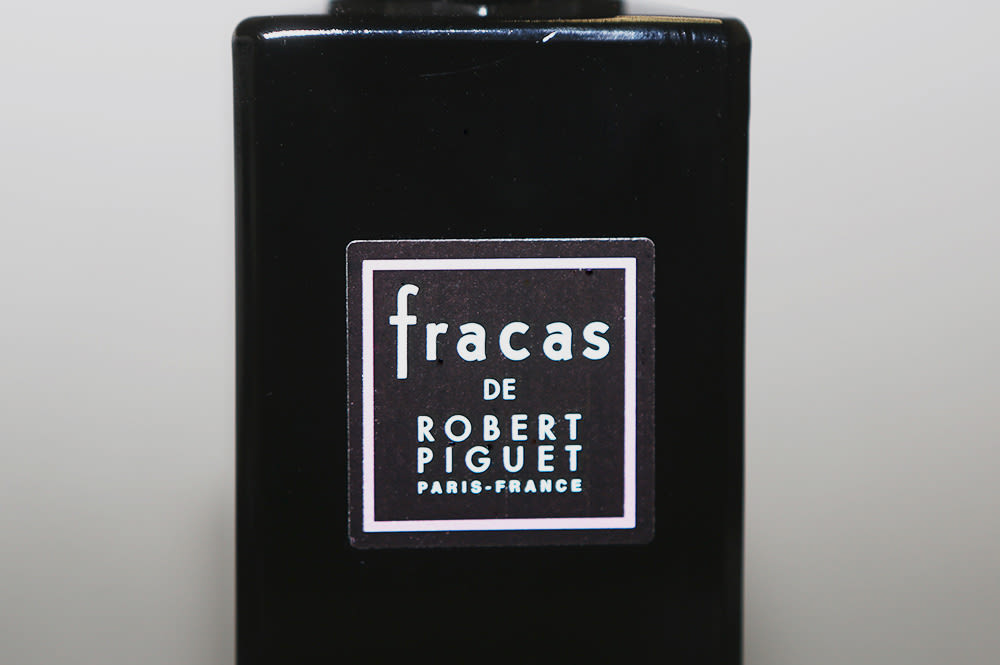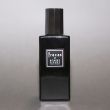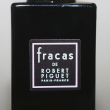'Every single person making a tuberose fragrance is trying to knock off the classic, which is Fracas'— Frederic Malle
Fracas is sort of the Anti No. 5, a sneakily iconic invention—the bad girl of the “classic fragrance' category, the Carlyne Cerf de Dudzeele in a room full of stodgy editors.
Courtney Love adores it, Madonna based her fragrance Truth or Dare off of it, and it makes Martha Stewart absolutely giddy. Seriously, when Fracas comes up it’s like someone just handed the woman a basket full of show-quality Chow Chow puppies and white wine sangria. Ms. Stewart has never been wrong (we still have our FREE MARTHA t-shirts); Fracas is awesome and its story is almost as good as the smell. Interest piqued now, hmmmmm? Then read on, dear femme/homme/Directioner:
Fracas may have fashion designer Robert Piguet's name on the label, but it's actually the brainchild of one Ms. Germaine Cellier. Cellier was a known eccentric and perfumer, which meant hanging out with Jean Cocteau and doing interesting perfumer things such as stealing models' underwear so that she could “smell the best of their femininity' (we're sure in French it sounds more charming and less like a Thursday afternoon at Dov Charney's house). Piguet commissioned Cellier to create what would become Fracas in 1948, a time when women's fragrance design was a boys' club and her very existence was a novelty, if not an outright assault on 'good' taste.
Cellier had recently formulated Balmain Vent Vert and, for her next act, decided to do something based on the notoriously difficult, dirty tuberose. In the words of Roja Dove, “Tuberose is the most carnal of the floral notes. It smells like very, very hot flesh after you've had sex—that's the bottom line.” The Forties were an era of animalic-based scents, when ingredients like civet, musk, and castoreum (a.k.a. beaver oil, which...c'mon ingredient namer people) were still normal base notes, so a perfume that made you smell like you'd just had a lost weekend was a good thing. Cellier paired her filthed-up floral with an enormous amount of orange blossom to cut the raunchyness a little, then added powdery iris and some jasmine.
Naming the fragrance 'fracas' (a word that means brawl or uproar) was just the icing on the grrrrrl power cake. Cellier even dedicated Fracas to Edwige Feuillère, an actress notorious for having appeared naked (!!) in the 1935 film Lucrece Borgia. Clearly, a hint of scandal was exactly what Cellier wanted in her perfume and in her marketing (Don Draper would totally have given her the slow clap... and maybe the regular clap, too). On shelves, it was an immediate success, swiftly becoming the scent of the 'New Look' dame: impeccably made-up, decadent, and a little dangerous. Unfortunately, all those rich and exciting ingredients would nearly drive Fracas to early extinction.
Most people aren't aware of this, but the perfume you're wearing today—even if it's No. 5 (especially if it's No. 5)—is likely not the same as it was 20 years ago. If you're a fan of long-lived legends like Shalimar or L'Heure Bleue, your signature scent has gone through many, many redesigns, as new synthetic notes become available and other ingredients either disappear or are banned. Many of the notes perfumers used 50 years ago are no longer legal, so the likelihood a recipe could stay the same is next to nil. And Cellier's scents have been especially vulnerable because she was a chemist by training and often used then-cutting-edge synthetic bases, which later on ceased to be produced.
For Fracas, this meant reformulate or die. And by the late Eighties, the sleek black bottle had all but disappeared. Perfume buffs still discussed it reverently, but, like many scents from the first half of the 20th century, it was fading into obscurity. An ill-conceived “new' version released in the mid-1990s nearly did it in for good. But Fracas would not go down like that! In 1998, a company purchased its license and revived the scent, tasking perfumer Pierre Negrin with recreating the original Fracas as accurately as possible. If Chandler Burr's review in the New York Times—and Courtney Love and co.—are any indication, the reworking was a major success.
Photos by Mathea Millman.




